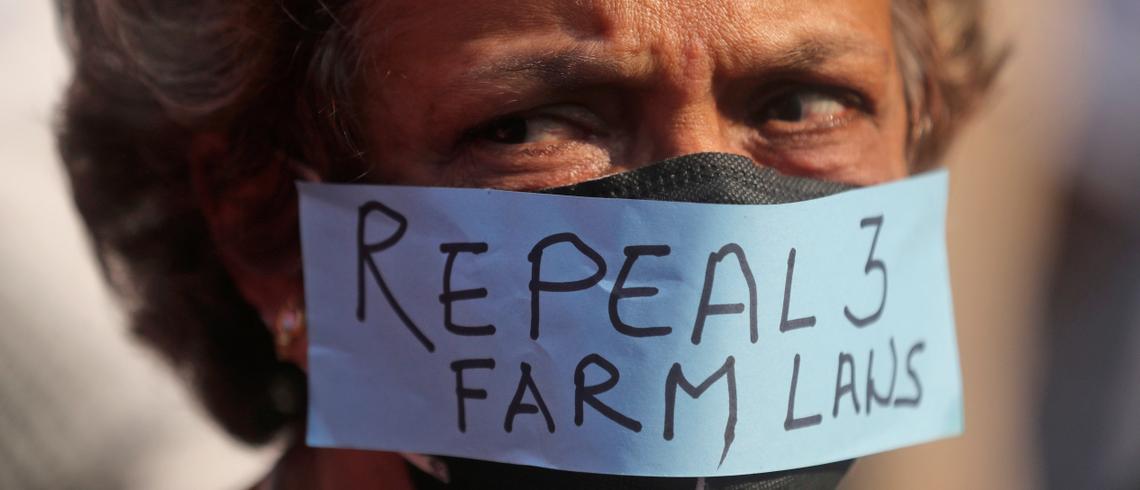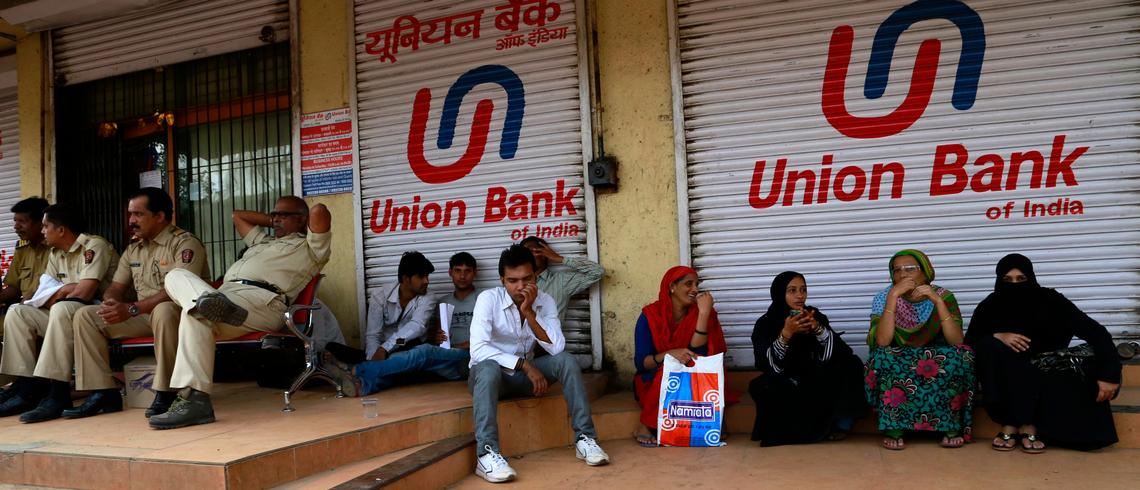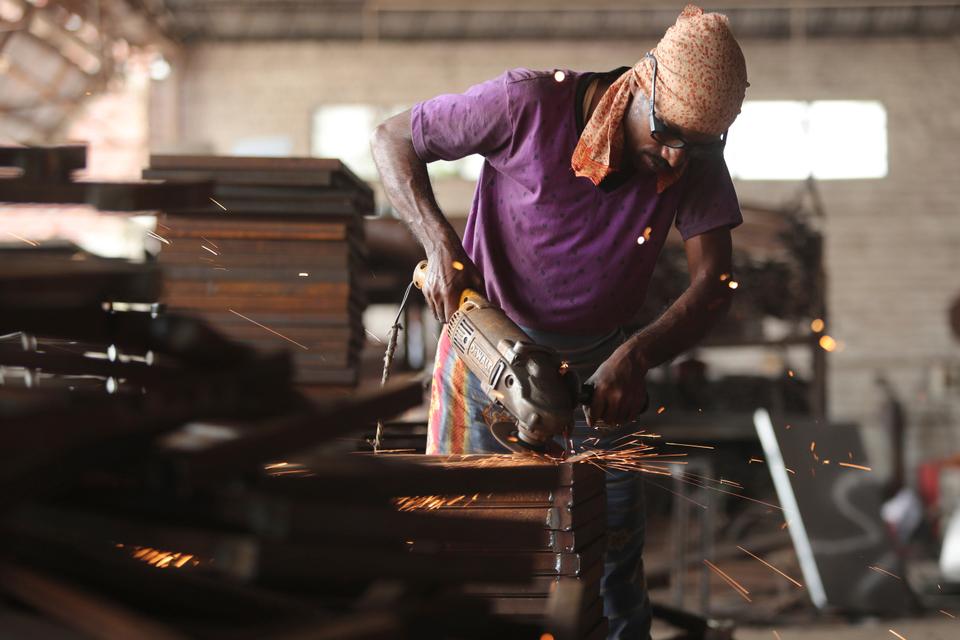VICTORY FOR HUMAN RIGHTS
Women’s rights activist Hathloul freed from Saudi jail after almost 3 years
Loujain al Hathloul, who had campaigned to end a ban on women driving in the country, was arrested in 2018 and sentenced to six years in prison last December under a broad counterterrorism law.
In this file undated handout picture, Saudi activist
Loujain al Hathloul poses for the camera. (Reuters)
Prominent women's rights activist Loujain al Hathloul was released from a Saudi prison after nearly three years behind bars, her family has said.
Hathloul, 31, was detained in May 2018 and sentenced in December to nearly six years in prison on charges that UN rights experts called "spurious" under broad counterterrorism laws.
The case has drawn international condemnation.
The court suspended two years and 10 months of her sentence, most of which had already been served.
She still faces a five-year travel ban ordered by the court.
"Loujain is at home !!!!!!" her sister Lina tweeted.
Prominent women's rights activist Loujain al Hathloul was released from a Saudi prison after nearly three years behind bars, her family has said.
Hathloul, 31, was detained in May 2018 and sentenced in December to nearly six years in prison on charges that UN rights experts called "spurious" under broad counterterrorism laws.
The case has drawn international condemnation.
The court suspended two years and 10 months of her sentence, most of which had already been served.
She still faces a five-year travel ban ordered by the court.
"Loujain is at home !!!!!!" her sister Lina tweeted.
READ MORE: What it means for Saudi women to take the wheel amid growing tensions
Torture claims
Another sister, Alia, said Hathloul was at their parents' home in Saudi Arabia.
She posted a picture of Hathloul smiling in a garden, looking much thinner and with grey streaks in her hair.
Rights groups and her family say Hathloul, who had campaigned for women's right to drive and to end Saudi's male guardianship system, was subjected to abuse, including electric shocks, waterboarding, flogging and sexual assault.
Saudi authorities denied the accusations.
A Saudi appeals court dismissed the torture claims, citing a lack of evidence, her family said on Tuesday.
Amnesty International on Wednesday urged Riyadh to bring to justice "those responsible for her torture" and ensure Hathloul faces no further punitive measures like a travel ban.
Saudi officials have not commented on her conviction or sentencing.
There was no immediate comment on her release.
US President Joe Biden on Wednesday welcomed the release.
"It was the right thing to do," he said.
The White House has said President Biden, who is taking a firmer line with Saudi Arabia than predecessor Donald Trump, expects Riyadh to improve its human rights record, including releasing political prisoners.
READ MORE: 'Reforms' in Saudi Arabia exist only as a tool to appease Western allies
Harsh criticism over human rights
Hathloul, detained along with several other women's rights activists, was convicted on charges including seeking to change the Saudi political system and harming national unity.
Saudi Arabia's rights record came under global scrutiny after the 2018 murder of prominent Saudi journalist Jamal Khashoggi by Saudi agents, which tarnished Crown Prince Mohammed bin Salman's image.
The prince denied ordering the killing.
Agnes Callamard, the independent UN rights investigator who led an international probe into Khashoggi's murder, welcomed Hathloul's release but said in a Twitter post that "the cruelty" of Saudi rulers that "violated her most basic right to physical and mental integrity" should not be forgotten.
READ MORE: Jamal Khashoggi: a murder case that continues to haunt Saudi Arabia
Many more victims
Diplomats have said the kingdom has appeared to be acting to address potential friction with the Biden administration.
Saudi authorities released two activists with US citizenship on bail this month pending trials on terrorism-related charges.
Last month, a Saudi appeals court nearly halved a six-year jail sentence for a US-Saudi physician and suspended the rest, meaning he did not have to return to jail.
Hathloul's family published her indictment after her case was transferred to a Specialised Criminal Court, established to try terrorism suspects but used in the past decade to prosecute perceived dissidents.
Authorities made few charges public.
The main ones against Hathloul included calling for an end to male guardianship and communicating with global rights groups, Saudi activists in the kingdom and abroad, and foreign diplomats and international media.
READ MORE: Saudi Arabia continues to target dissidents despite Khashoggi backlash






 India's state-run banks have played an important role in financing small and medium enterprises. (AP)
India's state-run banks have played an important role in financing small and medium enterprises. (AP)